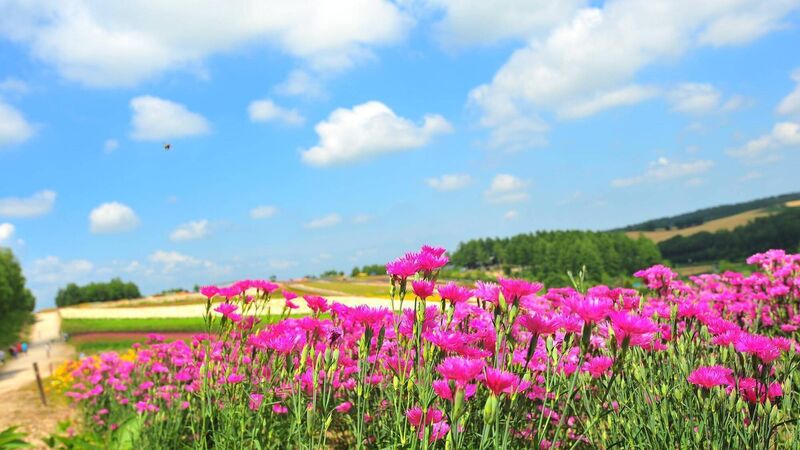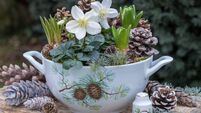Peter Dowdall: How climate change is shifting when flowers bloom

Plants, insects, and wildflowers play a vital role in maintaining biodiversity. File pictures
Horticulture and botany know nothing about politics and thankfully, instead of having splintered into several societies, the Botanical Society of Britain and Ireland (BSBI) remains the biggest and most active organisation devoted to the study of botany in Britain, Ireland, the Channel Isles and the Isle of Man.












